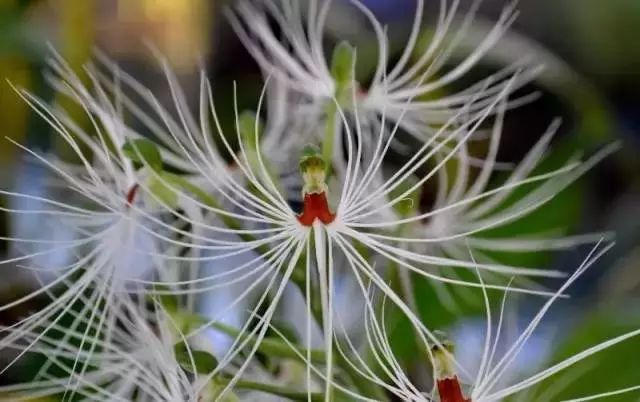Growing up to 3–6 meters tall, torch ginger thrives in warm, humid climates with well-drained soil and partial shade. Its large, lance-shaped leaves form a lush, tropical canopy, while the flower spikes emerge from the base of the plant, lasting for weeks. Beyond its ornamental appeal, the plant holds cultural and culinary significance: in some cultures, the bracts are used in traditional ceremonies, and the young flower buds are occasionally incorporated into salads or curries for their tangy, refreshing flavor. The plant also attracts pollinators like bees and butterflies, contributing to local ecosystems.
Despite its hardiness in suitable habitats, torch ginger faces minor threats from habitat fragmentation and over-collection for horticulture. However, its adaptability has made it a popular ornamental species worldwide, cultivated in tropical and subtropical gardens for its dramatic visual impact. Whether gracing a landscape or featured in floral arrangements, torch ginger remains a striking testament to nature’s ability to blend aesthetic beauty with functional resilience.








